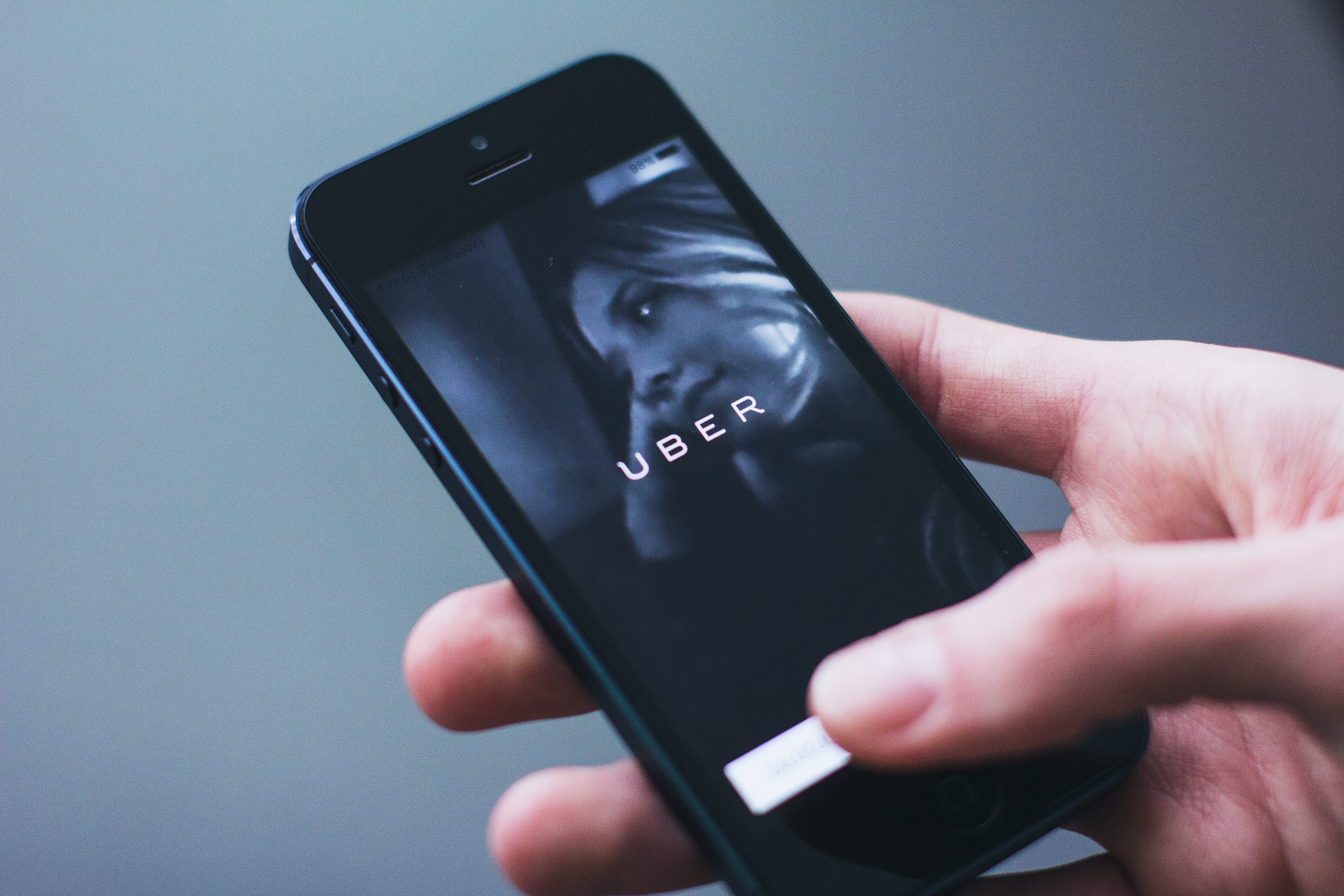Recently, on an episode of my SiriusXM radio show, In The Workplace, I caught up with Iwan Barankay, an associate professor of management and business economics and public policy at the Wharton School. The topic of conversation was ride-hailing giant Uber and reports that the company uses unusual psychological tactics on drivers to incentivize them to work longer and harder.
There was an interesting article in The New York Times recently, “How Uber Uses Psychological Tricks to Push Its Drivers’ Buttons,” about the company’s efforts to apply psychological research from behavioral economics as a way to try to get drivers to do things that they might not otherwise do. The issue for Uber is that they don’t have “employees,” they have “contractors.” You can’t order drivers to do anything. You can’t supervise them. But you can entice them to do things. And one thing Uber would like their drivers to do is drive more, pick up more passengers, get them places quickly and not stop.
“Companies always have ideas that they pick up in books or hear on NPR and they try to do it,” Iwan said, referring to behavioral techniques. “Some of these ideas have been shown to work at times, but I think there are very few that are particularly robust and work particularly well.”
Here are a few behavioral techniques that, according to the New York Times, Uber (and other companies) has used:
BARGAINING POWER
Uber has unlimited power in terms of purchasing labor. If you don’t drive for Uber—unless there’s a Lyft in town—you’re not driving for anyone. “[These two companies] together have the entire market and that accentuates their bargaining power,” Iwan said. “Whatever Uber does, they can get away with it because there’s very little push back from the other side. If they [drivers] are unhappy, they can’t just go work for someone else.”
GOAL SETTING
Uber imposes goals meant to push drivers to work just a bit beyond what they might do in the absence of outside stimuli. How do they do this? By sending information to drivers on their apps, such as “You’re only ten rides away from making $100,” or “One more ride and you’ll earn more than $333.” Creating little symbolic rewards can entice drivers to work harder.
Iwan said he has used this technique in his own practice. “When I was a PhD student, as part of my field work, I had to enter by hand hundreds of surveys onto an Excel sheet. I played these games in my mind—‘just another two to go and I’m at 20 surveys entered’—because it’s really dull and boring work. Think about it—how exciting is it at the end of the day to drive people around the streets of Philadelphia?”
THE “LUDIC LOOP”
This technique refers to doing something over and over again because every once in a while you get a reward. This is common in games like Tetris or Candy Crush, small games where the goal is always just beyond the player’s grasp. Uber dangles certain medals and badges in front of its drivers (via the app) to entice them and motivate them to keep going. Once you earn a badge, there’s always another badge to shoot for. “The Uber guys are continually dangling the carrot,” Iwan said. “They want to motivate people through incentives without having to pay them.”
THE IDEA OF LOSS AVERSION
Loss aversion refers to people’s tendency to prefer avoiding losses over acquiring equivalent gains. For instance, people dislike losing more than they like gaining. Typically, you can frame rewards either in the “gain domain” or the “loss domain.” For example, a company can say, “if you do something, I will give you $1,” or the opposite, “I will give you $1 upfront, but if you don’t perform, I’ll take the money away from you.”
“This technique has been tested in a number of settings and sometimes it works and sometimes it doesn’t,” Iwan said. “I’ve tried loss aversion in my experiments and I found it made no difference at all.”
“My free advice to Uber is to dig deeper into their data to find out which systems could work best,” he said. “These behavioral quirks are interesting and keep psychologists busy, but the overarching theme is that Uber has much marketing power and that’s the most important thing it has going for it.”
Editor’s Note: This post was originally published on Peter Cappelli’s LinkedIn page. Peter Cappelli is the George W. Taylor Professor of Management at the Wharton School of the University of Pennsylvania and director of Wharton’s Center for Human Resources. His most recent book is Will College Pay Off? A Guide to the Most Important Financial Decision You’ll Ever Make. “In the Workplace” (SiriusXM Business Radio Powered by the Wharton School–Channel 111) airs live 5 pm ET Thursdays. View the original post here.

























